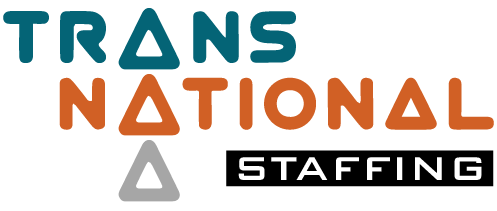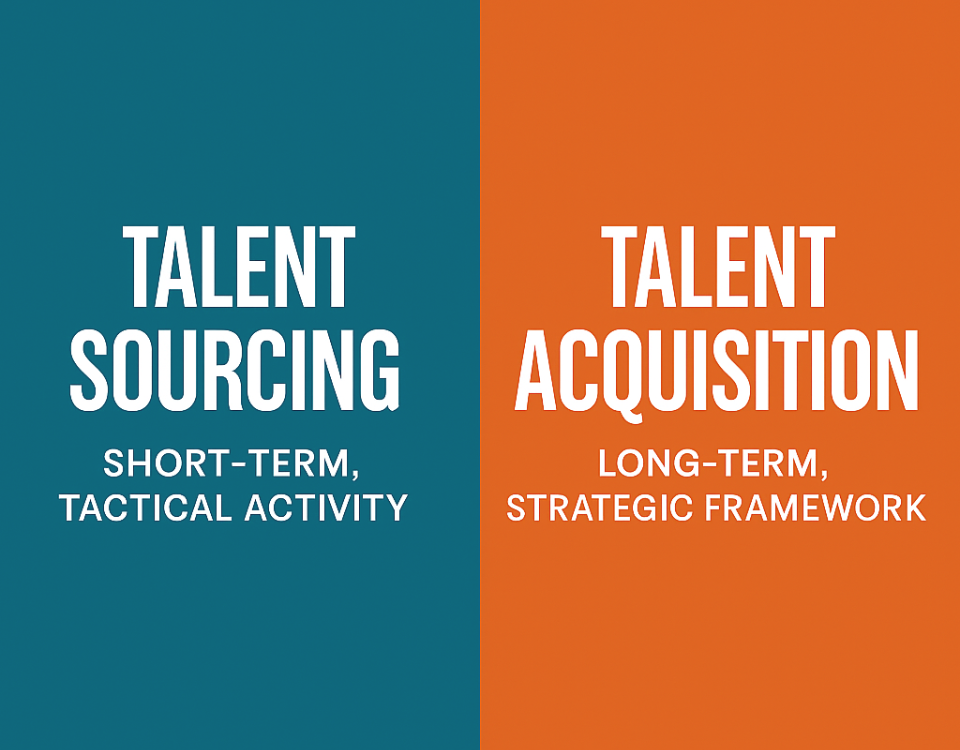
Transnational Staffing and Prudential Alarm Celebrate Industry Excellence at 2025 DMAA Prism Awards
September 20, 2025
Beyond Paychecks: Non-Monetary Benefits That Keep Employees Loyal
October 4, 2025In today’s competitive labor market, many businesses pour energy and resources into recruiting new employees. But focusing solely on filling open positions overlooks a critical strategy: retention. Building a workplace where employees want to stay not only reduces turnover costs but also creates a more engaged, skilled, and resilient team.
For forward-thinking employers, retention isn’t just a perk — it’s a competitive advantage.
The Hidden Costs of Turnover
Recruiting and onboarding a new employee can cost anywhere from 30% to 150% of that role’s annual salary. Add in the impact of lost knowledge, reduced productivity, and lower morale, and the real price of turnover becomes staggering.
A Gallup study found that replacing an employee can cost up to two times their annual salary, while disengaged employees cost U.S. companies $450–$550 billion per year. The financial case for prioritizing retention has never been stronger.
Why Retention Matters More Than Recruitment
Retention creates a ripple effect across every aspect of your workforce:
- Stronger Culture: Long-tenured employees pass down values and institutional knowledge.
- Higher Productivity: Experienced staff spend less time training and more time delivering results.
- Reduced Costs: Less money spent on recruitment, onboarding, and training means more resources for growth.
- Improved Customer Satisfaction: Clients and customers benefit from consistent, reliable service.
Recruitment fills roles — but retention builds loyalty.
Industry-Specific Retention Challenges
Retention challenges vary by industry, making it important for employers to tailor their approach:
- Healthcare: High stress and burnout make turnover especially costly, with patient care quality at risk when staffing levels drop.
- Manufacturing & Logistics: Retention often hinges on creating safe, efficient work environments and providing competitive scheduling.
- Retail & Hospitality: Seasonal fluctuations and younger workforces make flexible scheduling and recognition programs critical.
- Professional Services: Employees prioritize career growth and meaningful work, making mentorship and development essential.
Understanding your industry’s unique retention challenges allows you to build smarter strategies that keep the right people on your team.
Retention Strategies That Work
1. Invest in Onboarding & Training
The first 90 days can make or break an employee’s decision to stay long term. A structured onboarding process doesn’t just hand over a handbook — it immerses new hires in your culture, sets expectations clearly, and provides mentorship opportunities. Companies that pair onboarding with ongoing training programs see higher engagement, as employees feel supported in their growth rather than left to sink or swim.
2. Offer Flexibility & Work-Life Balance
Modern workers place enormous value on flexibility. Whether it’s hybrid scheduling, flextime, or shift-swapping, these options allow employees to manage personal responsibilities without sacrificing performance. Employers that embrace work-life balance see reduced burnout, fewer sick days, and stronger loyalty. Flexibility communicates trust — and trust builds retention.
3. Recognize & Reward Performance
Recognition doesn’t always have to be financial. A sincere thank-you, public acknowledgment in a team meeting, or opportunities to lead projects can boost morale as much as a raise. That said, pairing recognition with meaningful incentives like performance bonuses, career advancement opportunities, or tailored perks creates a cycle of motivation that drives long-term retention.
4. Provide Clear Career Paths
Employees are far more likely to stay when they see a future with your company. Mapping out career ladders, offering mentorship programs, and discussing advancement goals during performance reviews shows staff that their growth matters. Transparency around promotions and pay increases fosters loyalty by eliminating the uncertainty that often drives employees to look elsewhere.
5. Prioritize Employee Well-Being
Well-being goes beyond gym memberships and health insurance. It includes manageable workloads, mental health resources, and a culture where taking time off is encouraged, not penalized. Employees who feel supported as whole people — not just workers — are more engaged, more productive, and less likely to seek greener pastures.
Retention Builds Your Employer Brand
Retention isn’t just about keeping employees — it’s about building a reputation. Businesses known for valuing and developing their people are more attractive to job seekers, partners, and customers alike. In an era where employer review sites and social media shape brand perception, a company with strong retention becomes a talent magnet, reducing recruitment costs while strengthening its competitive edge.
Transnational Staffing: Supporting Your Retention Goals
At Transnational Staffing, we know hiring the right talent is only half the battle — keeping them is where long-term success lies. We support retention by:
- Sourcing candidates who align with your culture from the start.
- Reducing mismatches that often lead to early turnover.
- Advising on retention-focused workforce strategies tailored to your industry.
With the right people in the right roles, businesses don’t just fill seats — they build committed teams that last.
Ready to strengthen your workforce from the inside out?
📞 Call us at (734) 284-0785 or visit our Contact Us page: 🔗 transnationalstaffing.com/contact-us




